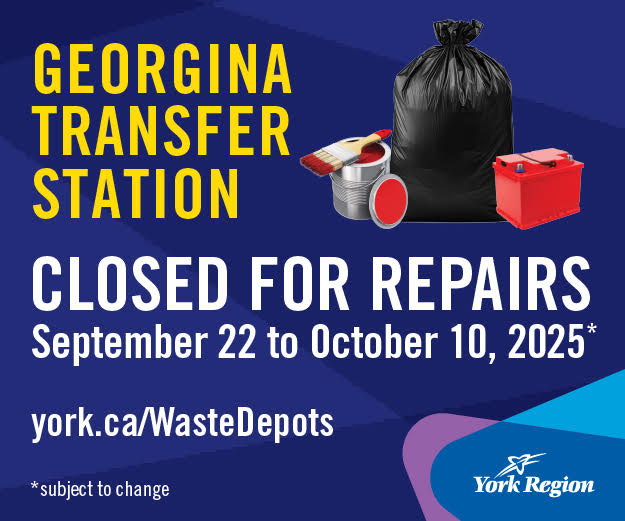
TORONTO — Ontario restaurants, gyms and theatres welcomed patrons back as restrictions from the latest pandemic-related shutdown eased on Monday, with customers happy to return and businesses hopeful they’d put widespread COVID-19 closures behind them.
The reopening marked the first step in Ontario’s plan to gradually roll back public health measures imposed in early January to curb the spread of the highly infectious Omicron variant.
Restaurant dining rooms, gyms and cinemas were allowed to resume operations at half capacity, with patrons required to show proof of COVID-19 vaccination. Larger venues, such as sporting arenas and concert halls, could also open with no more than 500 people, with smaller venues limited to half capacity.
Some surgeries that were paused to preserve health system capacity during the rush of Omicron patients were also allowed to restart as of Monday, while social gathering sizes increased to 10 people indoors and 25 people outdoors – up from five indoors and 10 outdoors.
In downtown Toronto, customers headed to cafes and restaurants to converse with friends and grab a bite to eat. Some restaurants’ dining areas were busy, while others saw patrons slowly trickle in and out. Residents also rolled into gyms in short intervals, presenting their vaccine passports and IDs while entering.
Amandine Laurent said she was “definitely happy” to hit the gym again, something she used to do a few times a week before the most recent closures.
“It’s hard because I’ve lost my routine … the lockdown didn’t make it easy to work out,” she said on her way to a downtown gym.
Kyle Jageshar, who was making his way to the same gym, said he had been counting down the days to Monday. Working out in his condo or going on walks during the recent set of restrictions wasn’t the same, he added.
“Going to the gym every day is something that I’m used to, it’s part of my routine and it’s something that makes me feel better about myself, so I’m definitely excited to be back,” he said.
Elsewhere, Mark Lovewell enjoyed a coffee at a restaurant before heading to his office.
“It’s a wonderful sense of relief to be able to go back to something approximating normal,” he said.
Lovewell said he’s had three doses of a COVID-19 vaccine and recently recovered from the Omicron variant of the virus, which all made him feel safe dining indoors.
Ryan Mallough of the Canadian Federation Of Independent Business said business owners that “bore the brunt” of the latest spate of closures were feeling hopeful about the reopening but realistic about the fact that customers may not be rushing to dine in a restaurant or work out at the gym after the latest surge in COVID-19 cases.
“Hopefully this is the last time we have to go through reopening,” Mallough, senior director for the CFIB in Ontario, said in an interview. He said businesses are bracing for a slow start.
“Just because we’re open doesn’t mean that customers are flooding back. Oftentimes, consumer confidence lags a little bit, people are still a little bit cautious.”
Mallough said the 50 per cent capacity limit will be a struggle for some businesses, especially as many expect lower traffic in the early weeks, but noted that “anything is better than being fully closed.”
James Rilett with Restaurants Canada said there was “excitement and trepidation” in the sector over the latest reopening, adding that restaurants had been booking reservations close to their capacity limits.
“We’ve been through this so many times before that people are still a little anxious, but for now they’re taking it as a positive thing and welcoming people back,” he said.
Despite optimism that Ontario’s latest period of targeted closures would be the last, Rilett said restaurants will need government support that outlasts the period of restrictions.
“It’s going to be a while before we’re back to another profitable status,” he said. “It only make sense that (governments) give us as much help as they possibly can.”
Changes to the province’s COVID-19 testing policy are also causing some strain on the workforce, Mallough noted.
Gold-standard PCR tests, relied upon earlier in the pandemic to confirm a diagnosis, were restricted during the Omicron wave due to the sheer number of cases. People with symptoms are mostly advised now to isolate and assume they have COVID-19 rather than get a test because resources are being saved for those considered most at-risk.
That has led to staff shortages as people go into isolation, Mallough said. He said businesses hope the government will make rapid tests more available once supply allows so workers can rule out an infection sooner.
Premier Doug Ford said the easing of measures on Monday marked “the first step in returning to normal.”
“All Ontarians are united in their desire to put this pandemic behind us and return to the life we knew before COVID-19,” he wrote in a statement.
Ontario reported 2,983 people in hospital with COVID-19 and 583 people in ICU on Monday. That was down from 3,019 hospitalizations and 587 in intensive care the previous day, although not all hospitals report data from the weekends.
The province also reported 31 more COVID-19 deaths and virus outbreaks in more than 56 per cent of long-term care homes.
This report by The Canadian Press was first published Jan. 31, 2022.
Noushin Ziafati and Holly McKenzie-Sutter, The Canadian Press
- The Canadian Moose are off to Vietnam - October 11, 2025
- Province set to ban speed cameras, as Town defends their use - October 9, 2025
- Celebrating the harvest: A look back at farming in Georgina - October 8, 2025











































